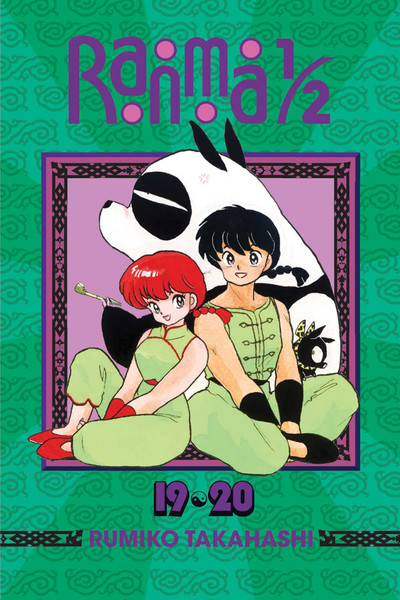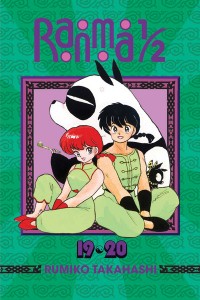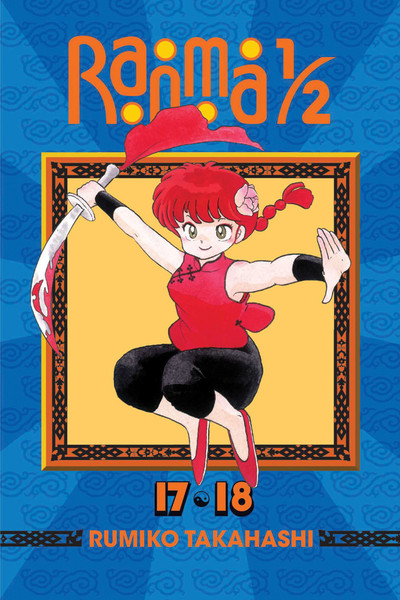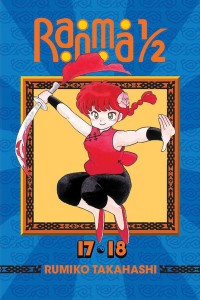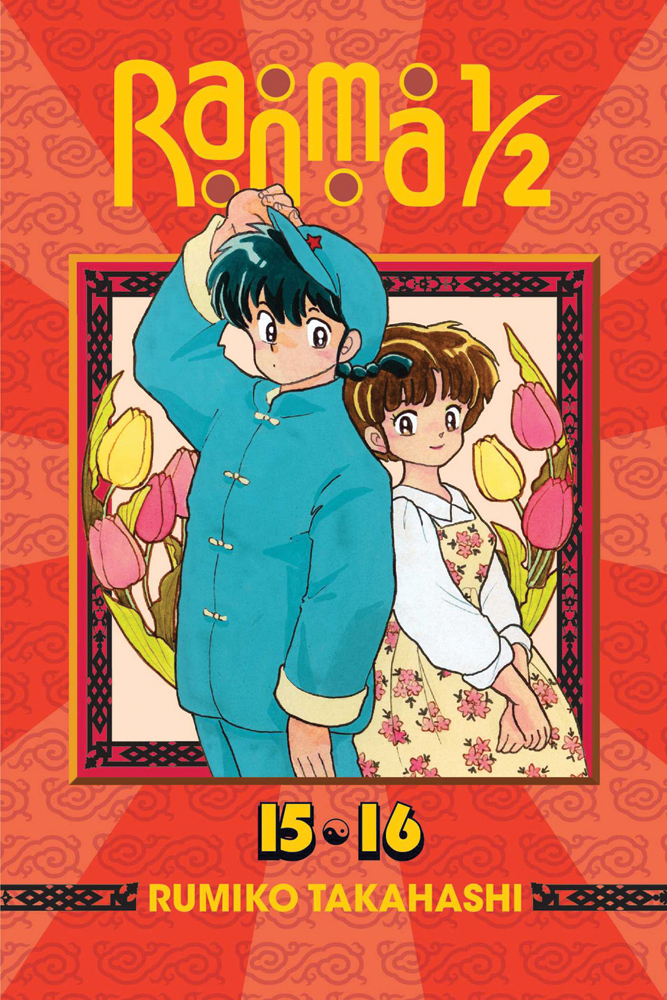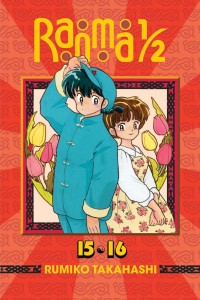By Rumiko Takahashi. Released in Japan by Shogakukan, serialized in the magazine Shonen Sunday. Released in North America by Viz.
I’ve talked before about how frustrating Ranma can be if you take its characters too seriously. It’s an issue that has carried over to many anime fandoms: if you try to empathize with these characters, and make their actions emotionally realistic, you will find yourself thinking they are all selfish, horrible monsters. It’s not just Ranma, either: Urusei Yatsura and Maison Ikkoku ran on this as well, and to this day most of the one-shot ghosts in Rin-Ne are deeply unlikable. At the same time, though, you have to empathize with them to some extent, you have to like and root for the characters or else why would you be reading the series at all? Between these two poles is the sweet spot of Ranma 1/2, and we see some of that in these two volumes.
As always with Ranma, the best stories are the longest. The longest story here deals with Ryouga, who has found a way to weaponize his depression and use it against Ranma. He’s actually not aware this is what he’s doing until later in the arc, which is what makes his baffling attacks on Ranma more entertaining. But the most entertaining thing is seeing Ranma, who is getting beaten by this new attack, try to depress himself, which… really does not work at all. I was highly impressed with Ranma here, as he doesn’t need Cologne to explain an alternative to him, or find an alternate scroll with a better move, but comes up with the attack based on his own confidence purely on its own. I love seeing Ranma being a smart cookie, and wish it happened more often.
Ranma being a stubborn sullen teen fans will enjoy the arc where Ukyou, suffering a crisis of conscience after a 10-year okonomiyaki sauce she made turns out terrible (thanks to Ranma as a child, so he’s guilty) ends up staying with the Tendos and attempting to worm her way into Ranma’s life further. I’ve never seen much of the anime, which I understand softens Ukyou to a great degree, but Takahashi never bothers softening anyone in her manga, so here we see Ukyou being just as bad as Ranma (stubborn jerk) and Akane (jealous), trying to scheme her way into being Ranma’s real fiancee. It almost reads like an English farce at times, with all sorts of power balances going back and forth and sudden revelations, and also tries to bind up Ukyou’s self image as a woman and her self-image as a chef, which she finally resolves doesn’t have to be separated.
As for the rest of the volume, there’s the usual one-shot gag chapters. There’s also some Happosai here, but I hate him, so let’s skip those. Nabiki shows up more here, Takahashi having fully gotten a handle on her last time, selling pictures, information or anything really to the highest bidder. We even see Gosunkugi, who has been absent for a long time, and find out that he’s still as pathetic as ever. The cast of Ranma may be hard to empathize with, but they sure are funny, and you get a lot of humor in these volumes.
